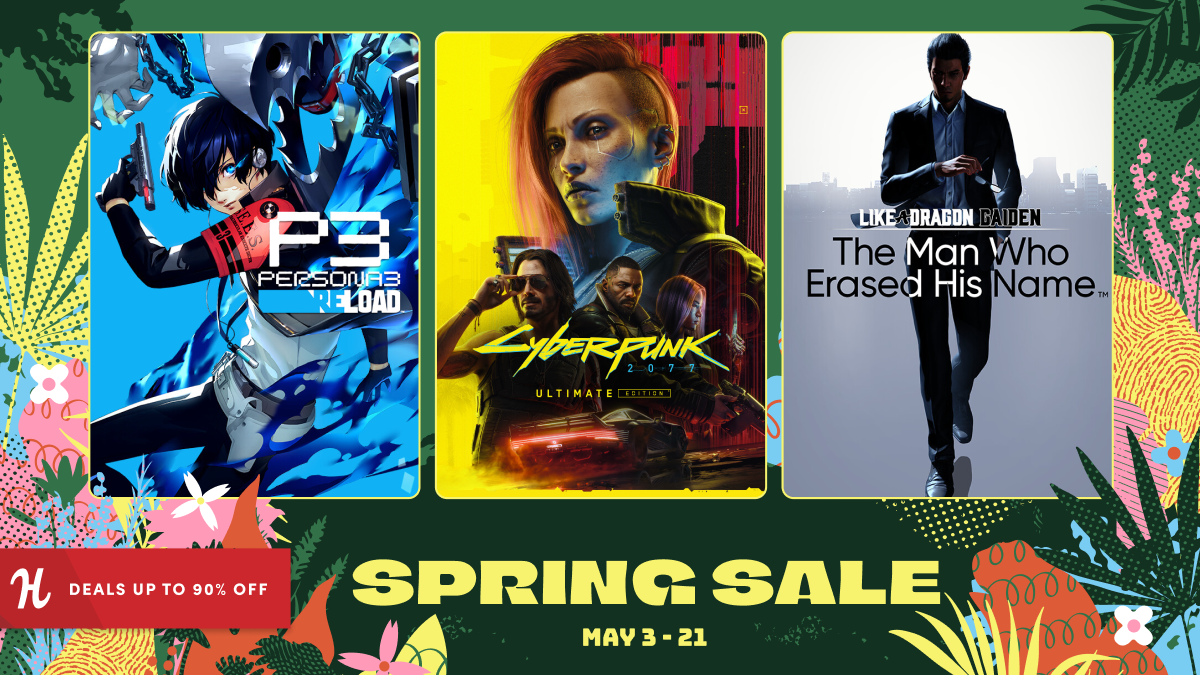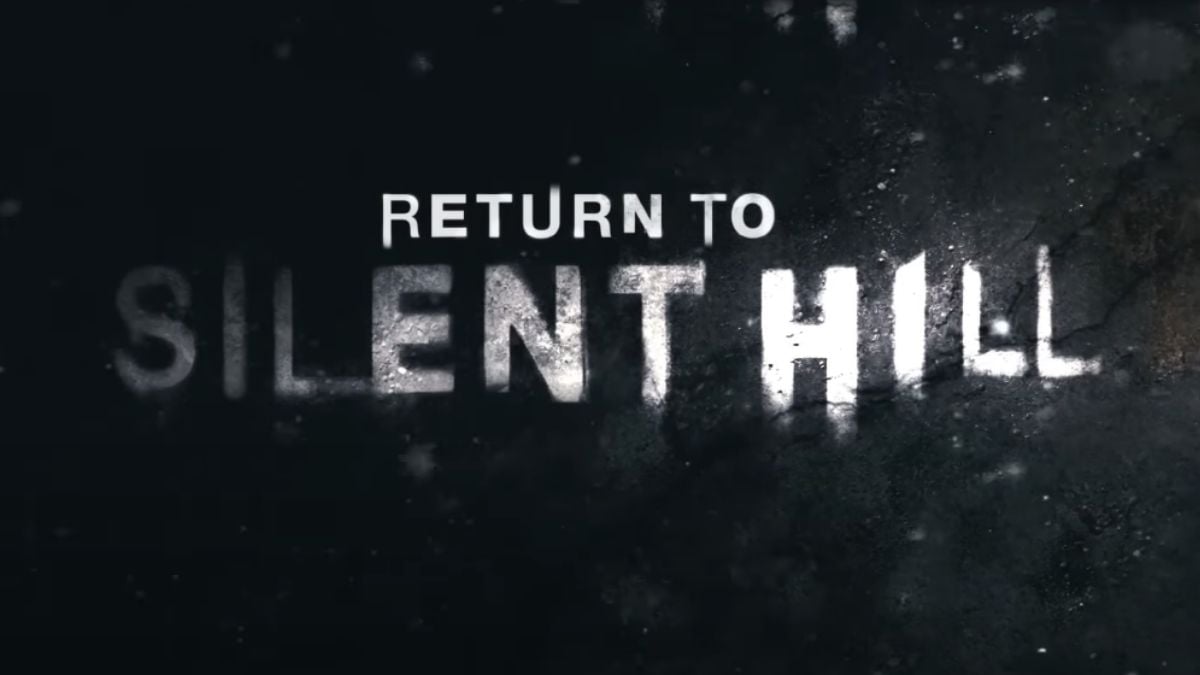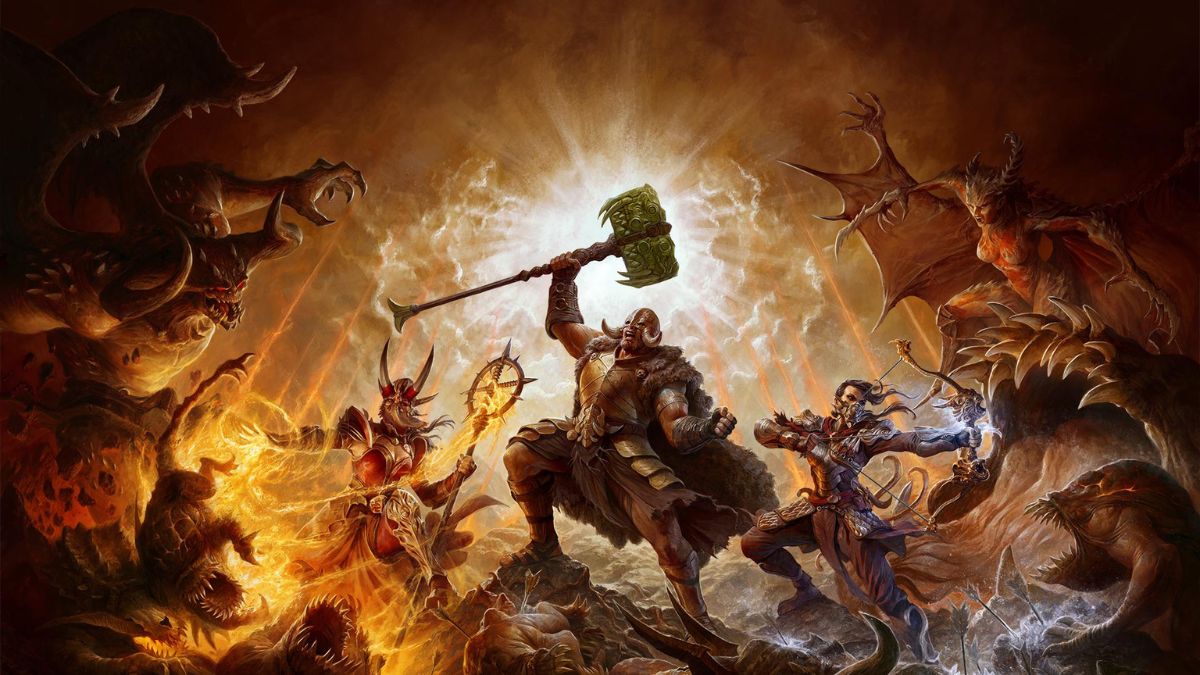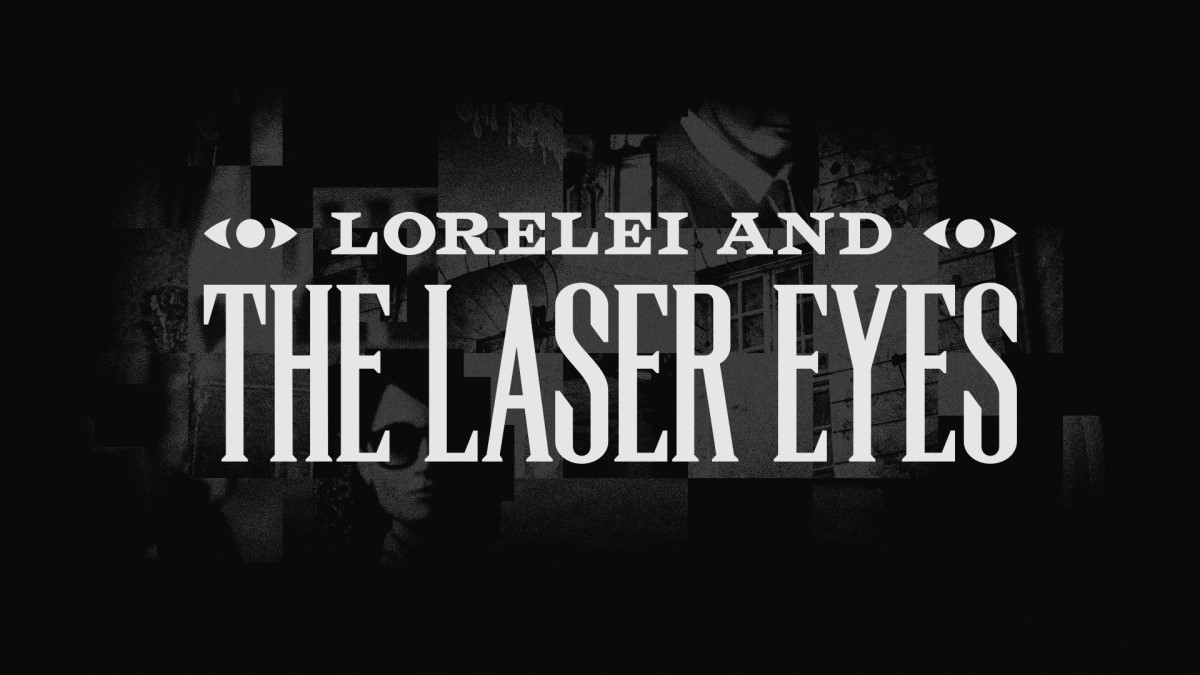It’s OK to get a little hyped sometimes. It happens to the best of us. Occasionally you’ll be let down. Sometimes things are just ‘good’. But every once in a while a game comes along with impossibly high expectations – and exceeds them. Whether it was because of an incredible trailer, a technological leap, or just a really darned long delay, here are 10 games that were hyped through the roof and actually delivered.
Halo 3
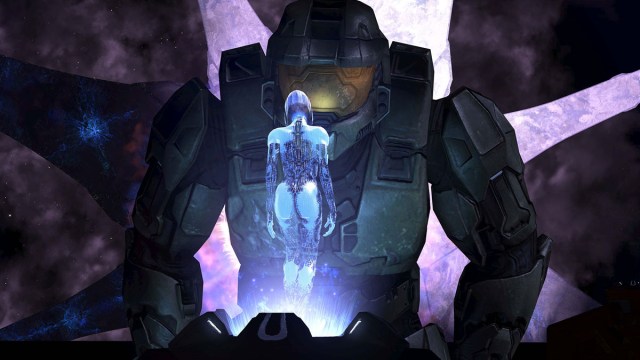 Image Source: Microsoft Game Studios
Image Source: Microsoft Game StudiosWhen the first Halo arrived as a launch title for the original Xbox console it changed the landscape of multiplayer gaming forever. Then the franchise went and did it all over again with Halo 2’s online modes. Players would have to wait almost two years after the launch of Microsoft’s next console – the Xbox 360 – before they could get their hands on Halo 3, and boy were they ready.
Halo 3’s marketing campaign was unlike anything seen before in gaming. It even has its own dedicated article on Wikipedia. From one of the greatest trailers ever revealed at E3 – “This is the way the world ends” – to giant billboards, viral campaigns, and endless merchandise tie-ins, Halo 3 was everywhere in the lead-up to its release.
The truth is that Microsoft didn’t need to have done any of that to ensure Halo 3’s success, the hunger from within the gaming community was already off the charts. But they knew the game’s appeal could be bigger than that, so instead marketed it not just as a gaming phenomenon, but as a cultural one.
The game became the biggest-selling title on the Xbox 360, proving a fitting conclusion to the trilogy and once again redefining online multiplayer with its vastly improved matchmaking and of course, the introduction of Forge mode. Many still regard Halo 3 as the pinnacle of the series, and thanks to the Halo: Master Chief Collection the game is still playable on modern systems and PC.
World of Warcraft
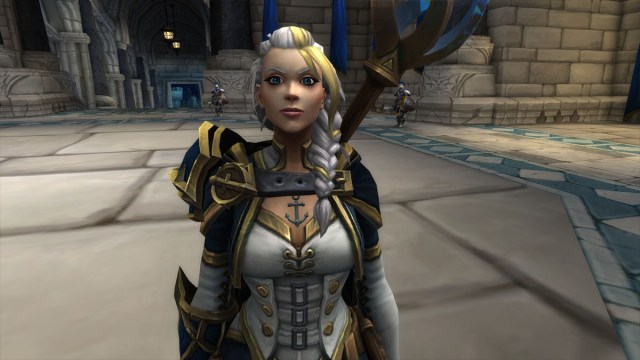 Image Source: Blizzard Entertainment via Twinfinite
Image Source: Blizzard Entertainment via TwinfiniteFrom one online phenomenon to another very different one. Where Halo 2 had taken online FPS games mainstream, World of Warcraft would do the same for MMORPGs. Coincidentally, both games were released in 2004. With faster internet speeds becoming more widely available, it was only a case of waiting for the right games to come along to take the online multiplayer scene to a whole new level.
World of Warcraft wasn’t the first online role-playing game, nor was it the first successful one. Ultima Online was the genre’s breakout title when it was released in 1997, and EverQuest attracted an even bigger player base in 1999. There was still something a little bit impenetrable about these games though and everyone was waiting for someone to come along and release an MMO with real polish. Enter Blizzard.
By this time, they had already conquered the real-time strategy and dungeon-crawler genres. Thanks to their epic storytelling, vibrantly realized worlds and best-in-class gameplay, nobody seemed more likely to perfect the MMORPG than Blizzard. They didn’t dissapoint.
Hype has followed World of Warcraft ever since. Smashing through record after record for years on end, for a while it seemed as though the whole world was playing. With every new expansion came a new wave of excitement, longer midnight launch queues, and more celebrity endorsements.
The shine might have faded now, but at launch, World of Warcraft was nothing short of a roleplaying dream come true.
Grand Theft Auto 4
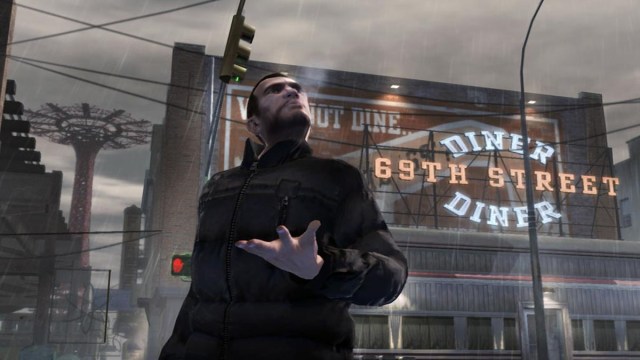 Image Source: Rockstar Games
Image Source: Rockstar GamesThe release of any new Grand Theft Auto game is always an event. As such, you could just as easily replace this entry with any mainline GTA game from 3 onwards. So why settle on GTA 4?
The PS2 era of GTA games was a breakneck string of releases. Impossible though it may seem today, only 4 years separated the release of GTA 3 and San Andreas. The jump from 3 to Vice City to San Andreas was remarkable, each one delivering more of, well, everything.
After that, faith in Rockstar was unshakable. Everyone was waiting to see what they could cook up with more time and more powerful next-gen hardware. For the first time too, both PlayStation and Xbox owners would be able to experience the latest GTA from day one.
The game landed in the era of peak grit and GTA 4’s bleak, desaturated aesthetic captured that perfectly. Call of Duty: Modern Warfare had landed only months earlier, and The Dark Knight was set to take the box office by storm later that summer. With their finger ever placed just perfectly on the pulse, Rockstar released a game that was perfectly suited to the cultural moment.
Now, can they do it again with Grand Theft Auto 6?
Pokemon Gold and Silver
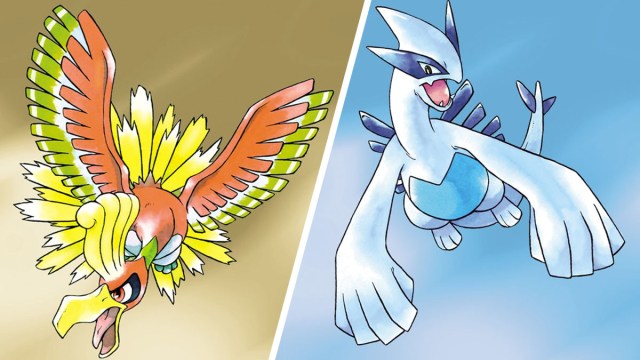 Image Source: Nintendo via Twinfinite
Image Source: Nintendo via TwinfinitePokemania comes back around every few years, but nothing compares to the hype leading up to Gold and Silver. It’s quite impossible to sum up just how much Pikachu and his pals had utterly captured the zeitgeist during this time.
If you weren’t playing Pokemon you were collecting the cards or watching the show. So all-encompassing was it that it became less of a hobby and more of a lifestyle. For a brief moment in human history, the entire playground – nerds and cool kids alike – was united in their shared obsession. Having any knowledge whatsoever of “the new Pokemon” was the most valuable currency of the day.
Nintendo played upon this by expertly trickling out its new monsters in magazines, the TV show, and Pokemon: The First Movie. Meanwhile a constant stream of fakes and other rumors ran rampant. To an extent how the games themselves actually played wasn’t a concern. Everyone just wanted more of the same.
As it happened, that’s exactly what we got. Pokemon Gold and Silver featured only slightly improved graphics and a new batch of monsters that felt perfectly at home with the existing ones. It was perfect. And that post-game surprise that had us revisiting Kanto – *chef’s-kiss*.
The Elder Scrolls 5: Skyrim
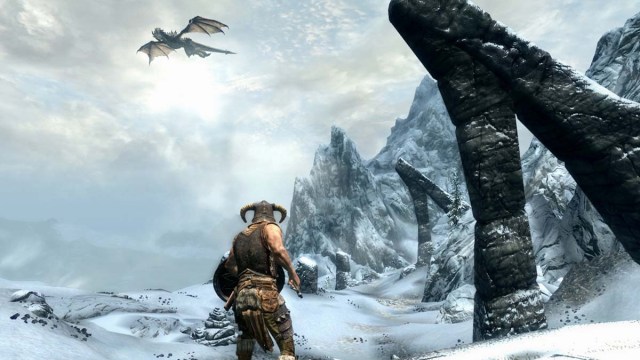 Image Source: Bethesda Softworks
Image Source: Bethesda SoftworksBethesda was never hotter than in the lead-up to Skyrim. Oblivion and Fallout 3 had both been released within two years of each other and had introduced console gamers to the kind of giant open-world RPGs that were only ever previously available on PCs. Now Skyrim promised to take things to a whole new level on a rebuilt version of their beloved Creation Engine.
Ever theatrical, Todd Howard formally announced the game at the 2010 Spike Video Game Awards, appearing on stage surrounded by a bunch of dudes in robes. The game’s once-in-a-millennia 11-11-11 release date only seemed to amplify the sense that this game was set to be the dawning of a new era for the medium of video games.
In a way, it was. Has there ever been a single-player game that’s captured people’s imaginations for so long as Skyrim has? That may have something to do with the fact that we’re still waiting on TES6, but regardless, Skyrim is pure roleplaying perfection. With a huge world full of secrets and a modding community like no other, people still can’t resist the allure of rolling a new character to this day.
Super Mario 64
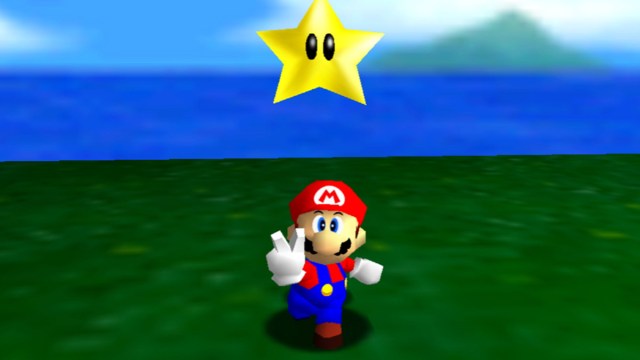 Image Source: Nintendo
Image Source: NintendoFor a short while in the 90s, Mario had a rival. A rival who was faster, cooler, and blue. Thanks to Sonic, not only did Mario now have a rival, but Nintendo did too. Both Super Mario World on the Super Nintendo and the Sonic the Hedgehog games on the Sega Genesis/Mega Drive had their devoted fanbases. Both were incredible 2D platformers.
The deciding battle between the two would be fought in the switch to 3D. Mario 64 was to be a launch title on Nintendo’s new home console. The portly plumber wouldn’t have to only prove that he still had what it takes to cut it in a world of smart-talking hedgehogs. He’d have to define a whole new style of gameplay that promised something the likes of which players had never experienced before.
Super Mario 64 not only defined the 3D platformer, but it very well perfected it. Every jump and flip was smooth as butter, every new world revealed something new, and the signature Nintendo touch shone through with a joy that simply couldn’t be equaled. Sonic meanwhile stumbled to adapt to life in the third dimension, but it wasn’t Sega that Nintendo had to watch out for after all.
Final Fantasy 7 Remake
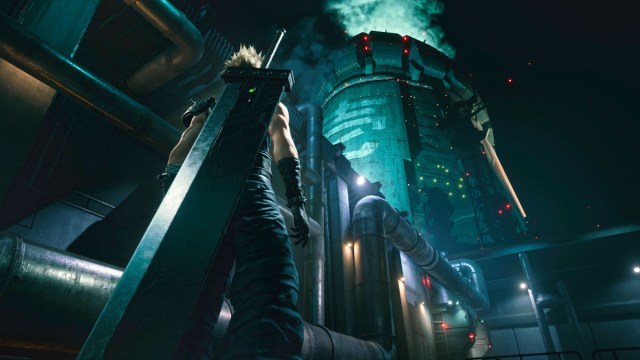 Image Source: Square Enix
Image Source: Square EnixThe Nintendo 64’s biggest rival wasn’t the Sega Saturn, but the Sony PlayStation. The trendy new kid on the block that was offering more mature, more cinematic games. Chief among these was Final Fantasy 7. Behind the racing sim Gran Turismo, FF7 was the biggest-selling game on the console.
Despite numerous other incredibly well-received games in the series following in the years since Final Fantasy 7’s stature simply grew and grew. Its complex themes and memorable characters never able to escape player’s minds. A film followed, and so did spin-off games, but all its fans dreamed of was to see the world realized on modern hardware.
As if to tease this rabid fanbase, Sony showed off the technical power of its new PS3 console by creating a technical demo of what Final Fantasy 7’s iconic opening could look like on the new hardware. But they stressed it was only a demo and nothing more.
That morsel of what could be sparked endless rumors that a remake really was coming, and in 2020, the dream finally came true. Though only the first in a planned trilogy, Final Fantasy 7 Remake at long last let players explore Midgar in the full cinematic glory they’d been dreaming of for over 20 years.
The Legend of Zelda: Breath of the Wild
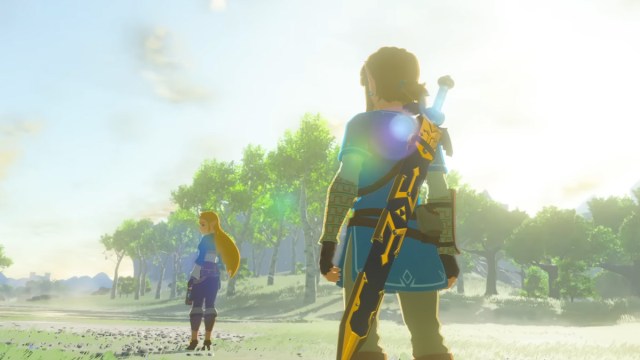 Image Source: Nintendo
Image Source: NintendoHas there ever been a Zelda game with more resting on its shoulders than this? While far, far from being a bad game, Skyward Sword was the first mainline Zelda since The Adventure of Link to have proven somewhat divisive. Meanwhile, the Wii U was desperately struggling to reclaim even a sliver of the Wii’s massive success.
When Breath of the Wild was first announced in 2013 it promised to take the franchise in a bold new direction. Fans held their breath for the entirety of the six-year wait between Skyward Sword and Breath of the Wild. Each new trailer brought the hype level closer and closer to a fever pitch. Finally, it was revealed that not only would the game be the final major release for the Wii U, but also a launch title for Nintendo’s next console, the Switch. Suddenly Breath of the Wild was responsible not only for the fate of the Zelda franchise but the entire Nintendo brand.
Of course, the game was a monumental success, ushering in a new era not just for the Zelda franchise, but open world games in general. The hype cycle began anew when a direct sequel, Tears of the Kingdom was announced in 2019. By this time however, there was no doubt that the game would be anything short of another masterpiece.
Half-Life 2
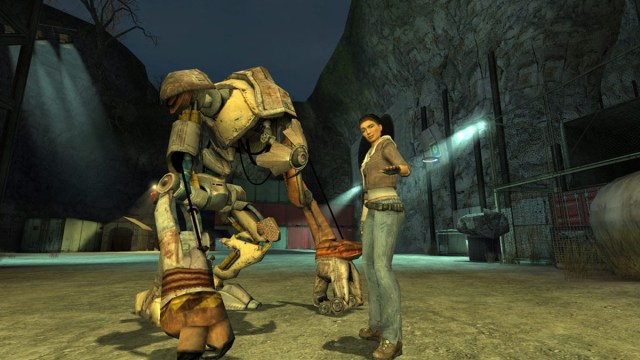 Image Source: Valve
Image Source: ValveAfter creating a revolutionary FPS that pushed the entire industry forward, Valve decided to go ahead and do it all over again. Following four years in development, Valve president Gabe Newell unveiled Half-Life 2 to the world at E3 2003. The stunning showcase of the game’s new technology was also the world’s first-ever look at the Source engine.
Half-Life 2 was supposed to launch later that year but was delayed. Unfortunately for Valve, the game would be playable in 2003, just not in the way they wanted. A hacker had obtained a copy of the game’s still-in-development source code and the files subsequently leaked onto the internet. Although some sought out this illegal version of the game most people held out for the real thing.
When the game finally released in November 2004 it was instantly lauded as one of the greatest of all time. Who can ever forget the first time they used the gravity gun? If only everyone knew back then that Half-Life 2’s one-year delay would pale in comparison to the wait for a sequel that might never come at all.
Elden Ring
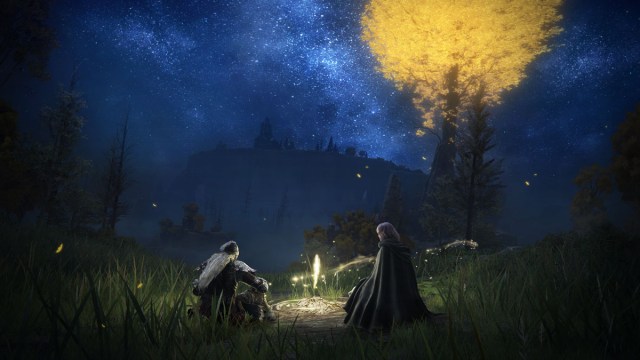 Image Source: Bandai Namco Entertainment; FromSoftware
Image Source: Bandai Namco Entertainment; FromSoftwareElden Ring is the only entry to appear on this list that’s neither a sequel nor an entry in an existing franchise. That’s just the nature of things – we tend to get most hyped about something we’re already invested in. Though a new IP, Elden Ring was hardly an unknown entity when it was announced in 2019.
The game was a collaboration between two legends of dark fantasy, Hidetaka Miyazaki and George R. R. Martin. FromSoftware’s Souls games, of which Miyazaki had directed all but Dark Souls 2, had become increasingly more popular in the decade leading up to Elden Ring’s release. Meanwhile, the TV adaptation of Martin’s A Song of Ice and Fire novels had made him a household name. This combination of Demon’s Souls meets Game of Thrones sounded like a match made in gaming heaven.
Following the initial teaser in 2019, the lack of any further news about the game only made fans more ravenous for any scrap of information. Many wondered whether the game was destined to become vapourware, never heard from again.
Thankfully that wasn’t the case, and when Elden Ring finally released in February 2022, players found a game that was not just another new Souls game, but a tough-as-nails action RPG with a scope unlikely anything else ever made. It turns out that even for masters of their craft it takes a while to make a world that’s as big and as beautifully realized as the Lands Between.
There you have it, 10 games that were hyped through the roof and actually delivered. Let’s hope there are plenty more future games out there that we’ll one day be able to add to this list.
About the author
James Crosby
James is a freelance writer for Twinfinite, typically covering new releases and live service titles. He has been writing about MMOs since 2015, and has published a book about Star Wars Galaxies.

 7 months ago
150
7 months ago
150
